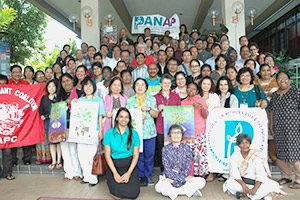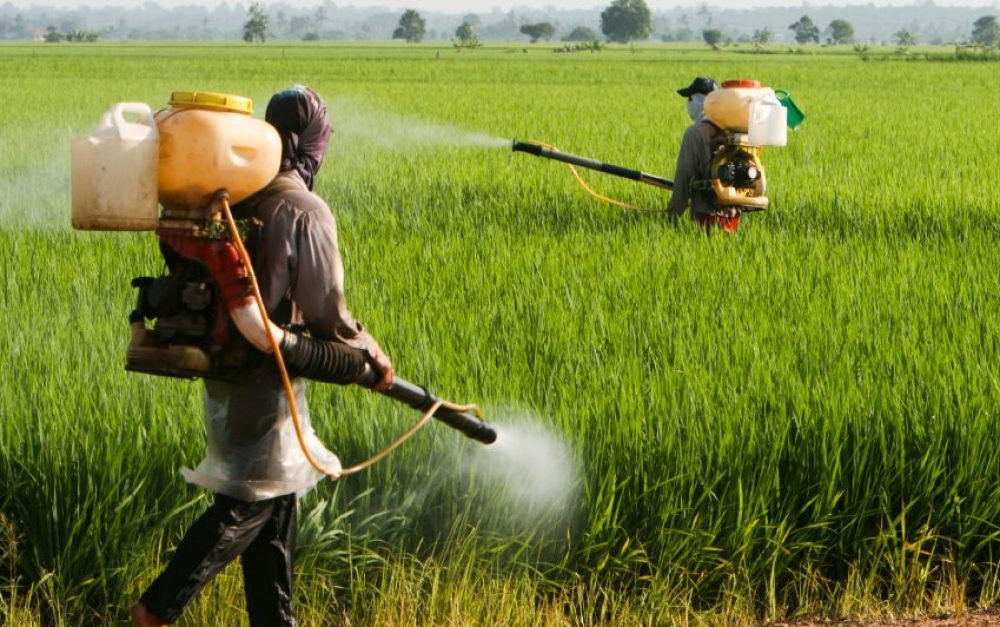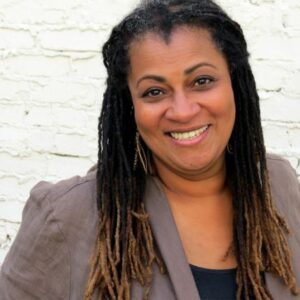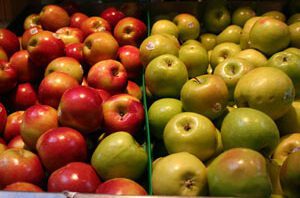At a gathering in Malaysia this week, I sat with a small group of activists from China, Korea, Vietnam, Cambodia, Laos and other countries. English is a second or third language for many, but upon hearing the phrase “a progressive global phaseout and ban of highly hazardous pesticides,” everyone in the room nodded vigorously and said, “Yes, yes!”
It’s an idea whose time has come.
I’m in Penang for the Pesticide Action Network Asia and the Pacific (PAN AP) Congress. Participants from two dozen countries are meeting to share stories about their work to reduce pesticides and to encourage what New Zealand’s Dr. Meriel Watts called “people-centered, community-based agroecological solutions.”
When our global network was launched right here in Penang in 1982, PAN leaders began prioritizing which pesticides to target for action. That list — the Dirty Dozen — included chemicals linked to the most deaths and environmental damage worldwide. By 1995, thanks to the tireless work of PAN campaigners and their allies in many countries, 90 countries had banned or severely restricted the Dirty Dozen pesticides.
Still in use?
While much progress is still being made to minimize or eliminate dangerous chemicals, it’s not moving fast enough — particularly for people in farming communities, like many of the activists gathered here in Penang. I doubt that PAN’s founders imagined that deadly chemicals like paraquat and DDT would continue to be used anywhere in the 21st century.
As explained in a new book from our close partners in Asia — Realize, Resist, Reclaim: Celebrating 30 Years of PAN AP — PAN spearheaded a movement within the United Nations to limit the production and sale of pesticides that were deemed to be “highly hazardous.” Highly hazardous — not merely hazardous — pesticides are those that:
- have high acute toxicity, or
- have long-term toxic effects, or
- are of high environmental concern, or
- have caused a high incidence of severe or irreversible adverse effects.
Back in 2006, the UN’s Food and Agriculture Association (FAO) recommended banning  these chemicals, but so far has done little to advance that recommendation. Some of the original Dirty Dozen pesticides are still being used, with deadly consequences. And newer highly hazardous pesticides like the neurotoxic pesticide chlorpyrifos pose a threat to human health and the natural environment. The impact is clear. What's the holdup?
these chemicals, but so far has done little to advance that recommendation. Some of the original Dirty Dozen pesticides are still being used, with deadly consequences. And newer highly hazardous pesticides like the neurotoxic pesticide chlorpyrifos pose a threat to human health and the natural environment. The impact is clear. What's the holdup?
For many of the people here at the PAN AP Congress, whose communities are suffering from the legacy of terrible chemicals like endosulfan, time is of the essence. They don’t want to pass this problem on to another generation. None of us do.
As PAN International concludes its 30th anniversary celebrations, we’re setting the stage to make the FAO’s recommendation — to phase out and progressively ban highly hazardous pesticides worldwide — a reality.







